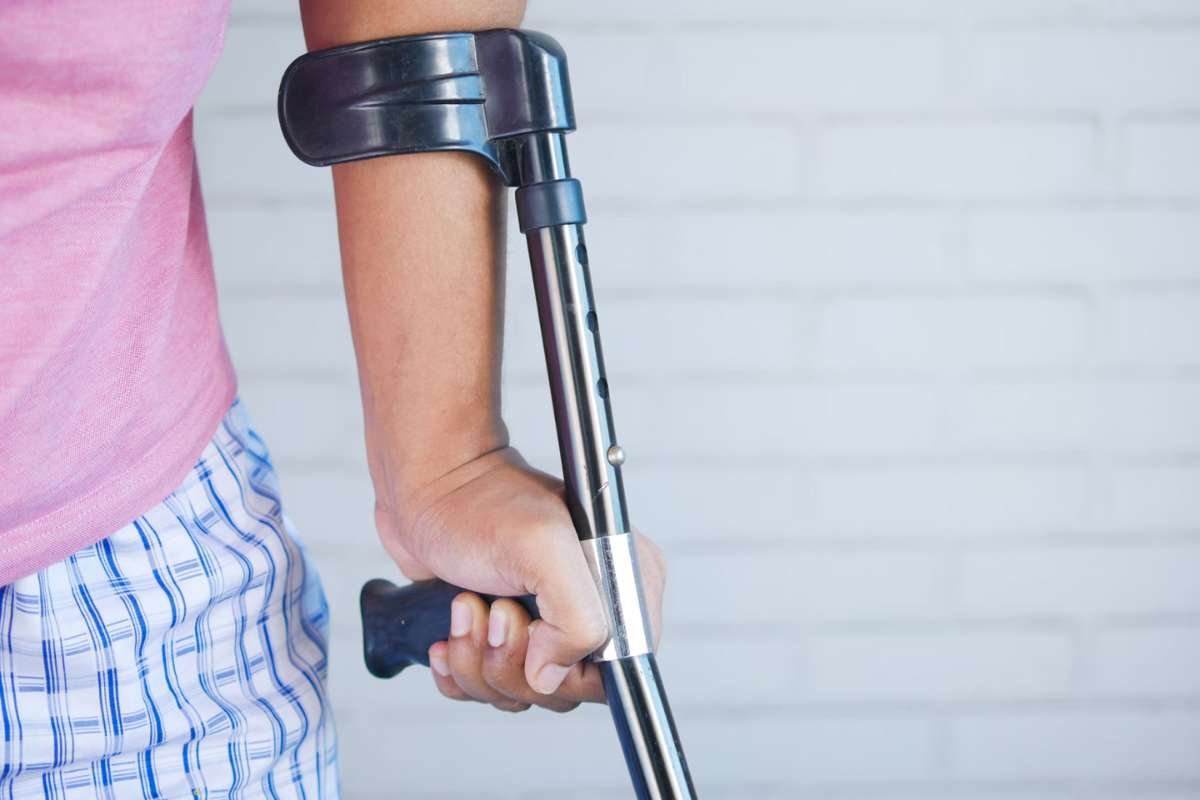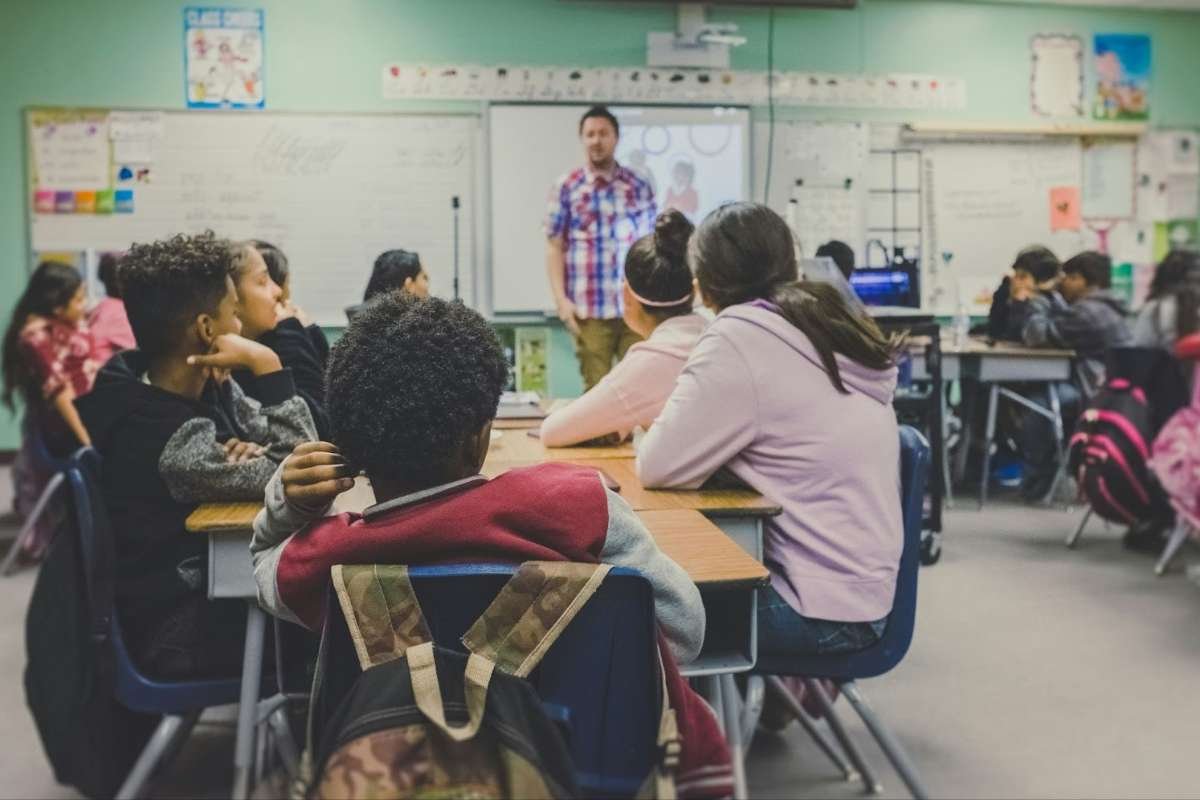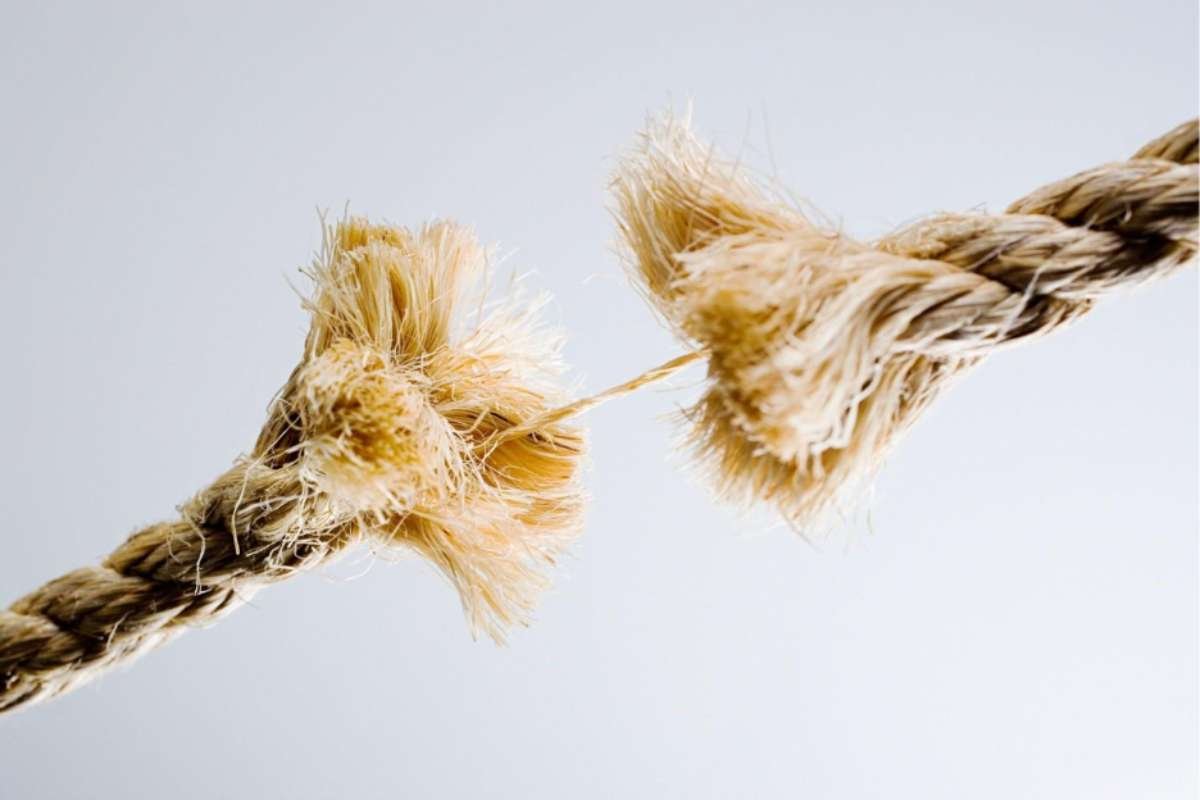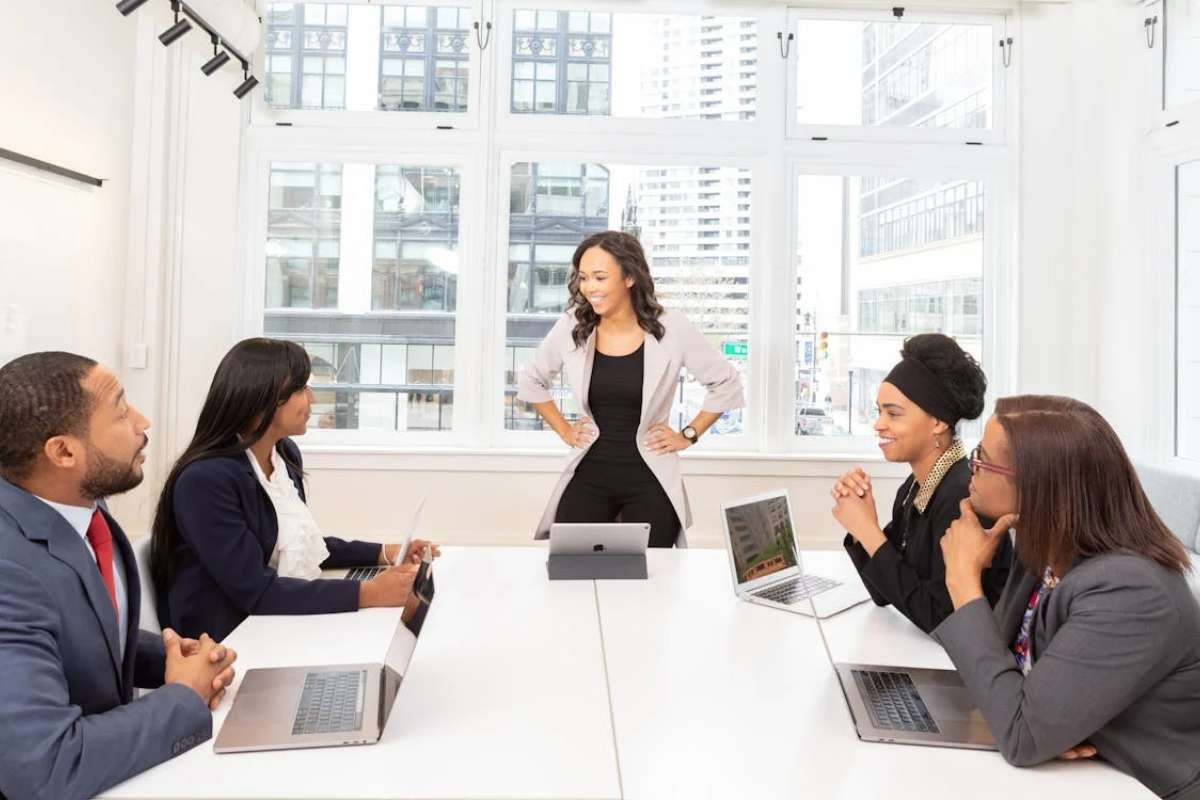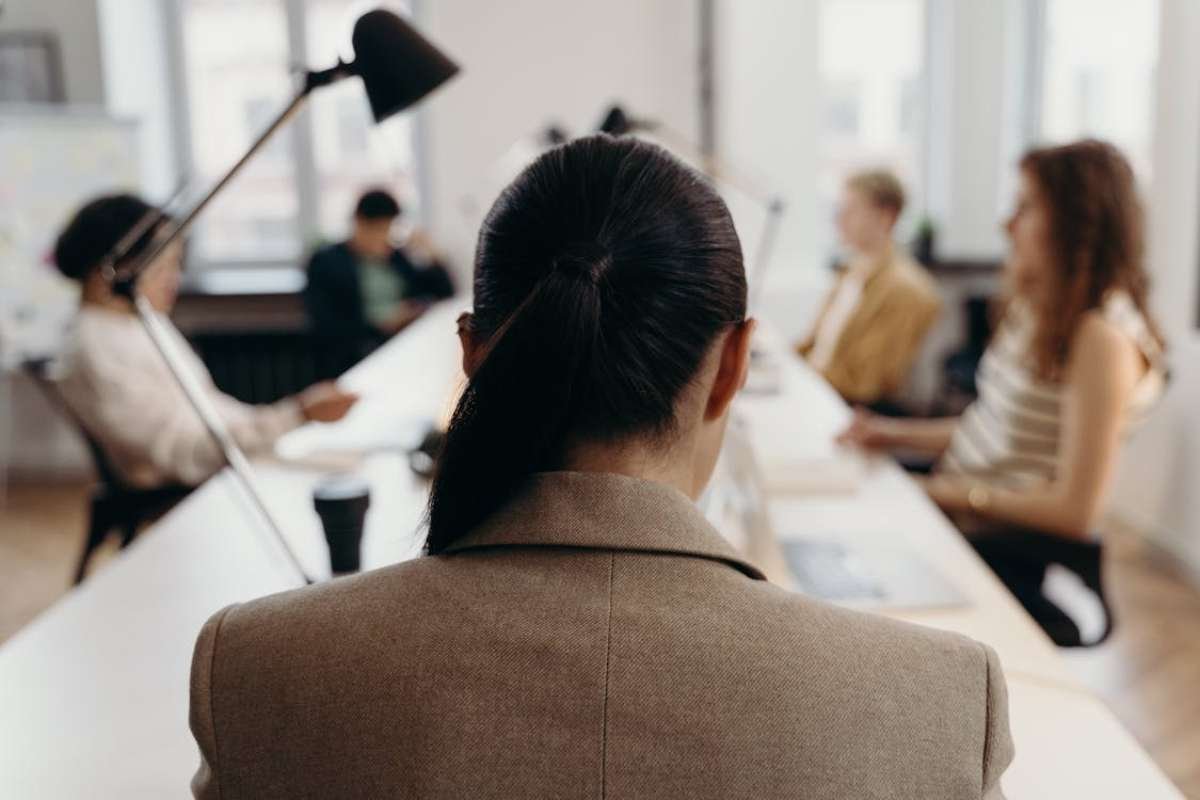Slip and fall accidents are more common than you think. In fact, falls are the leading cause of injury in senior adults, affecting over 14 million older adults. But, not just seniors are affected. Younger adults can also get injured through a slip and fall accident. What is alarming is that the majority of those would be perfectly preventable.
Some falls can be embarrassing, but what’s worse is that they can sometimes result in serious injuries that impact your health, career, and even financial stability. So, of course, it is fair to ask whether the accident could be compensated.
Liability 101
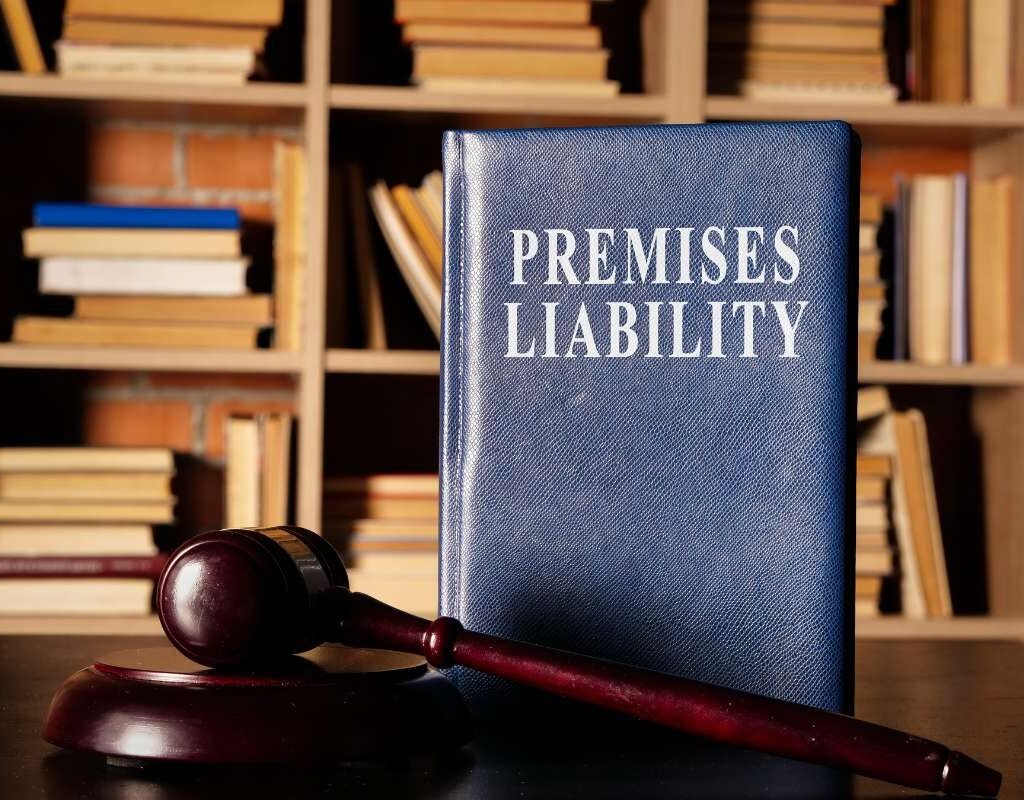
Not all slip and fall accidents turn into personal injury cases. The key here is negligence. Property owners and employers have a duty to care to keep things safe. If they don’t and someone gets injured as a result, they may face a claim. Negligence can be hazards like wet floors without warning signs, broken stair rails, or even poor lighting in high-traffic areas.
As explained, not every fall will meet the threshold for liability. If someone ignores clear safety instructions or behaves recklessly, it may weaken their ability to take legal action. The circumstances matter, and evidence is often required to prove the unsafe conditions that led to the injury.
Prevention
Before we get to the legal side, it’s important to note that many slip and fall accidents are preventable. Businesses and individuals can benefit from taking proactive steps to reduce risks.
Also, businesses need to remember that not just the office is affected. They may also be responsible for implementing safety tips at the exterior of the workplace, which is crucial to protect employees and visitors. So, if you keep the office clear of obstacles but fail to maintain clear walkways outside, this may be an issue.
When does it become a personal injury case?
Several scenarios can come into play to turn a simple fall and slip into a legal case. Typically, there would be conditions that need to be met:
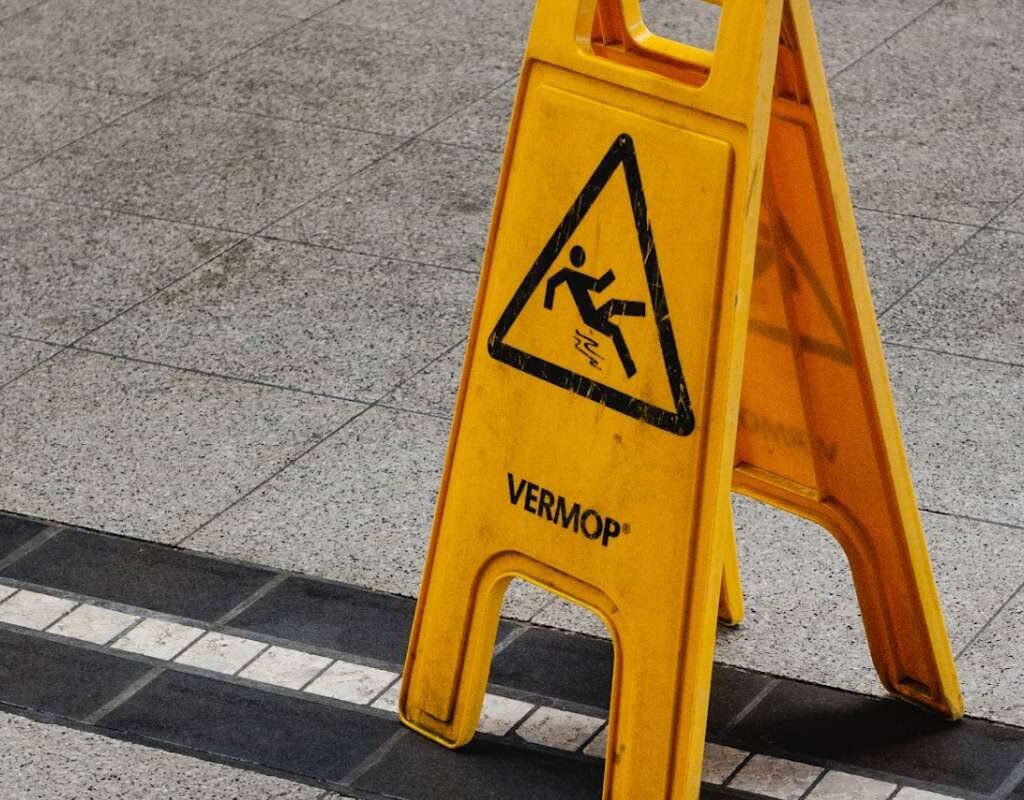
- Unsafe conditions, including spills, loose rugs, or cracked pavements, which have been left unattended.
- Poor maintenance, such as broken handrails, uneven flooring, or malfunctioning lighting
- Ignored weather hazards. This generally refers to businesses that have an outdoor area and fail to clear snow or ice from walkways.
- Lack of signage, as the absence of warnings in areas that are slippery or under repair, can lead to accidents.
What to do after a slip and fall?
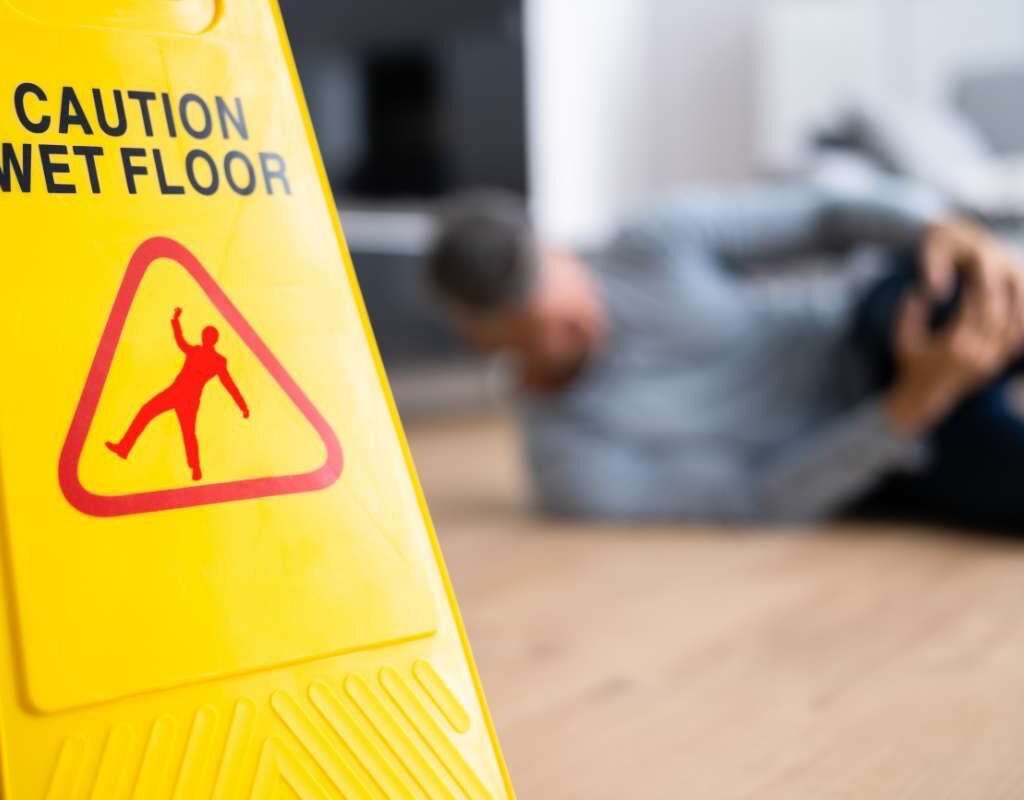
If you are injured in a slip and fall, the steps you take immediately after the accident are critical.
You will need to seek medical attention first if you suspect the accident can result in a personal injury case. Even in the event of a minor injury, documentation is crucial. You want to report the accident to the property owner or the authority responsible. You may also request a copy of the accident report if there is a report available.
Ideally, you want to get photos of the hazards and collect contact information from any witnesses. At this point, legal advice can make all the difference. This is why it’s a good idea to reach out to a personal injury law firm to understand your options and whether you are entitled to support.
Are all slip and fall accidents legal cases? No, but understanding when it constitutes a legal case can also help you receive the compensation you deserve if you get hurt.

